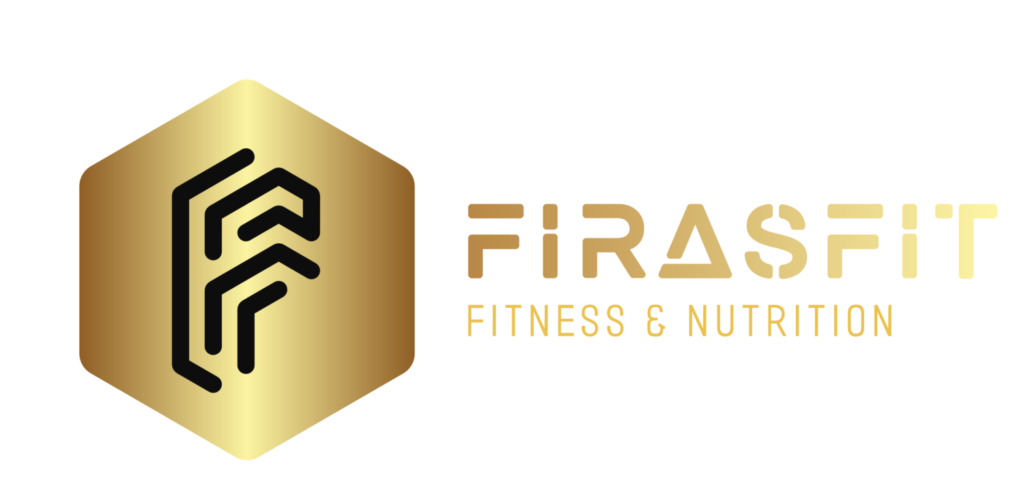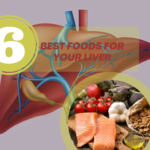|
Carbohydrates
Carbohydrates are macronutrients. Together with protein and fats, they form the main nutrients for the human body. They are organic compounds and consist of carbon, hydrogen, and oxygen atoms. The main benefits of carbohydrates are that they are the main source of energy for the body. When eating carbohydrates, they are converted in the digestive system into glucose, where the body uses it as an energy source, and the increase is stored in the liver and muscles in the form of glycogen to be used to provide the energy needed for the human body and provide its need for physical activities such as walking. And also, one of the benefits of carbohydrates rich in fiber on prevention for diseases such as diabetes and obesity, as well as cardiovascular disease, carbohydrates are divided into three categories.
1- Carbohydrates (complex carbohydrates). The most famous starchy foods are peas, corn, and potatoes.
2- Simple carbohydrates and there are two forms Natural sugars, such as those found in milk and fruits and Added sugars, such as those found in packaged juices and jams the amount of carbohydrates used varies according to the nature of the diet followed to increase or decrease weight. As for the normal diet, 45% to 65% of the daily calories are consumed, and each gram of carbohydrates contains 4 calories. For example, in the case of a person who needs 2000 calories daily, should eat 225-325 grams of carbohydrates. There are two types of carbohydrates and the so-called complex carbohydrates, which are the best types because they contain larger chains of sugar molecules, and the body takes a longer period to digest them. Examples are whole grains such as oats, wheat, and brown rice, and legumes such as beans and beans.
As for simple carbohydrates, they contain sugars that are easily digested in the body, which causes a rise in blood sugar, then decreases again quickly. It also contains less fiber, such as white flour, table sugar, and soft drinks.
PROTEIN
Protein is the main building unit of muscles. It consists of amino acids and is an essential part of oxygen, hydrogen, carbon, nitrogen, and some other elements. It consists of thousands of amino acids connected to each other to form long chains and also contribute to the formation of the hormones secreted by the parotid gland and the hormones insulin. It also works to repair tissues and cells and build muscle. There is more than one source of protein, animal protein such as meat, chicken, eggs, and fish, which contain all the essential amino acids. The second type is vegetable sources, which contain one type of amino acid, for example, peas, chickpeas, beans, beans, and whole grains. For the third type, complementary or manufactured proteins, and some of them work to accelerate muscle growth by providing basic protein components, such as whey protein, and also from the risks of excessive protein intake, such as red meat, arthritis, as well as high cholesterol, gout, and kidney problems. Each gram of protein contains four calories, which is the same as in carbohydrates, and the recommended amount of protein is 10%35.
FATS
Fats play an important role in human physiology, and they are no less important than proteins and carbohydrates. There are essential and non-essential fats. Fats are an important part of a balanced diet for many reasons, the most important of which is to maintain the function and integrity of cellular membranes as well as to be a focused source of energy and also improve the taste of food. The main fats that enter the human diet are fatty acids and triglycerides. Triglycerides are classified into two types: saturated fat and unsaturated fat. There is little difference in the molecular structure, and it involves double and single carbon bonds, and saturated fats raise the bad LDL cholesterol. As for HDL unsaturated fats, which consist of fatty acids with a double bond of carbon and this change in partial structure means that saturated fats remain solid at room temperature, while unsaturated fats remain liquid at room temperature, and there is research linking a diet rich in cholesterol and obesity And the heart and arteries, and in return, not to strictly adhere to what was not prescribed by a specialist doctor because there are nutritional functions for fats from them
1-Absorption and storage of fat-soluble vitamins
2- A major source of energy during exercise
3- A supply of essential fatty acids that the body cannot manufacture
As for unsaturated fats, or the so-called good cholesterol, the American diet is very rich in lipoprotein cholesterol, with recommendations to eat less than 300 mg per day and each gram of fat gives 9 calories, while the recommended amount ranges from 20% to 35.
|
|



